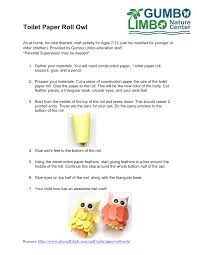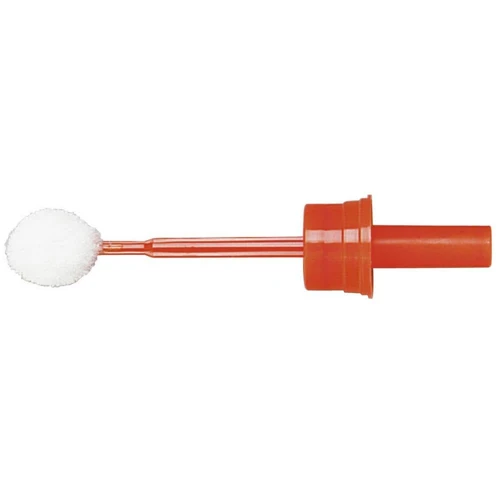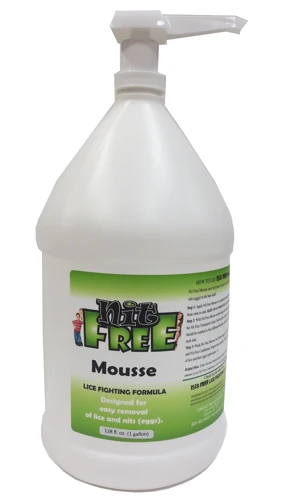Every pet owner knows that accidents happen, but when it comes to a glue accident with cat companions, the situation can become sticky — quite literally. The challenge of how to remove glue from cat fur safely is not just about aesthetics; it’s about ensuring the wellbeing of your furry friend. This comprehensive guide will provide you with the knowledge and techniques needed for effective cat glue removal, ensuring that both you and your pet can leave the mess behind without undue stress.
Understanding Glue Accidents with Cats
Common Types of Glue in Cat’s Fur
Curious by nature, cats often find themselves in a predicament, and glue is no exception. From household adhesives to craft supplies, the types of glue that can end up in your pet’s fur are varied. Super glues, white glues, and even natural adhesives can cause a sticky situation when they contact cat fur. Recognizing the type of adhesive is the first step in addressing the issue effectively.
Why Non-Toxic Glue Removal from Cat is Essential
When addressing a glue in cat’s fur dilemma, it’s critical to use non-toxic glue removal from cat methods. Cats are notorious for grooming themselves, which means they could ingest harmful chemicals if not removed properly. This highlights the importance of employing safe glue removal pets practices to protect your cat from potential health risks.
Step-by-Step Guide to Remove Glue from Cat Fur
Preparation for Cat Glue Removal
Preparation is key when it comes to cat hair glue cleaning. First, calm your pet to prevent any additional stress. Gather your supplies: cotton balls, a fine-tooth comb, pet-safe scissors, and non-toxic solvents. Ensure you have a comfortable space to work in that will allow for easy clean-up afterward.
How to Wash Glue Off Cat Gently
Gentleness is paramount when you clean glue off cat. Start by wetting the affected area with warm water, which can help soften certain types of adhesives. Apply a small amount of pet-safe oil or conditioner to further loosen the glue. Use a comb to gently tease the glue out, being careful not to pull on your cat’s skin.
Cleaning Stubborn Glue Residues
Sometimes, despite your best efforts, you’ll encounter stubborn glue residues. In such cases, carefully trimming the affected fur may be necessary. If the glue is not water-soluble, applying a specialized non-toxic solvent can assist in breaking down the adhesive for easier removal. Always wash the area thoroughly with a cat-friendly shampoo after treatment to remove any residue.
Pet-Safe Glue Removal Methods
Using Natural Oils for Glue Removal
- Coconut Oil: Apply a generous amount to the glue spot and allow it to sit for several minutes.
- Olive Oil: Similar to coconut oil, olive oil can be used to saturate the glue, making it easier to comb out.
- Vegetable Oil: Often found in kitchens, vegetable oil can also be a safe alternative for softening glue.
Special Pet-Safe Products
There are specially formulated pet-safe glue removal methods available in pet stores and online. These products are designed to tackle tough adhesives without harsh chemicals, ensuring the safety of your cat during the removal process. Always follow the instructions provided and consult with a veterinarian if you’re unsure about a particular product.
Caring for Your Cat After Glue Removal
Monitoring for Skin Irritation
After the ordeal, it’s important to monitor your cat for any signs of skin irritation. Redness, swelling, or excessive grooming can all be indicators of discomfort. If you notice any of these symptoms, contact your veterinarian for advice on how to provide relief to your pet.
Follow-up Cleaning and Grooming
Once the glue is out, a routine follow-up with cleaning and grooming can help restore your cat’s fur to its natural state. Use a pet-friendly shampoo to clean the area and a soft brush to detangle and smooth the fur. This will not only help your cat feel better but also prevent future matting.
Preventing Future Glue Accidents
Tips to Keep Your Home Safe for Pets
- Store glues and adhesives in high, secure cabinets.
- Supervise your cat in areas where they might encounter adhesives.
- Keep craft areas clean and tidy, free from tempting substances.
FAQs: Cat Hair Glue Cleaning
Let’s address some common questions that arise when dealing with glue in a cat’s fur. Is it safe to cut the glue out? Should I bathe my cat after glue removal? What if my cat ingests some glue? These and other concerns are valid and require informed answers to ensure the safety and comfort of your pet.
If you’re a pet owner dealing with the sticky situation of having glue on your furry friend, you’re not alone. Glue accidents can happen to the best of us, and it’s important to know the safe methods for removal. While you’re here to learn about how to get glue off a cat, you may also find it helpful to read our articles on how to get glue off dog fur and how to get glue off a dog’s paw. These guides provide step-by-step instructions and tips to ensure you can care for your pets gently and effectively during these tricky situations.
Conclusion: Ensuring the Well-being of Your Feline Friend
In conclusion, while a glue accident with cat can be a distressing experience, knowing the proper techniques for cat glue removal can make all the difference. By using pet-safe glue removal methods and following up with appropriate care, you can ensure the well-being of your feline friend. Always prioritize non-toxic solutions and seek professional advice when necessary. With patience and diligence, you and your cat can overcome this sticky situation together.




